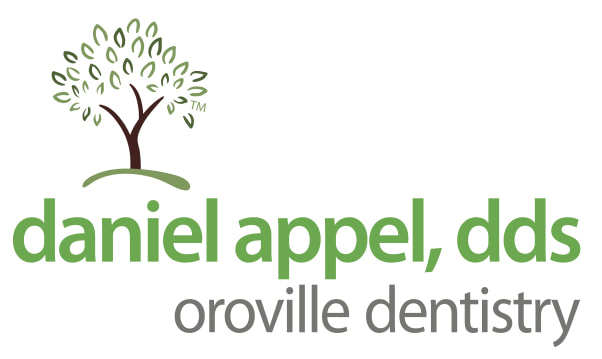What is teeth whitening?
Teeth whitening is a process where we use a chemical called carbamide peroxide, which is a relative of hydrogen peroxide, to break up the color-producing particles on the outside of your teeth and, to some degree, on the inside of your teeth. Once these color-producing particles are destroyed, your tooth no longer reflects colored light, resulting in a much brighter smile.
What are the different ways to bleach your teeth?
There are four primary ways to bleach your teeth:
- Over-the-Counter Products: You can buy certain types of strips at the grocery store. These can do a moderately decent job of bleaching some of the flat surfaces of your teeth, but they do not effectively bleach between the teeth. This can result in a light-dark appearance across the teeth, which may not be as aesthetically pleasing as desired. Bleaching toothpaste is also available, but it often contains high levels of hydrogen peroxide and grit. The grit can abrade enamel faster and irritate gum tissue, so it's better to avoid these and opt for a safer, more controlled chemical version.
- Generic Bleaching Trays: These trays contain a specific amount of specialized bleach and fit over most people's teeth. We recommend starting the process with these trays, which you can obtain from your dentist. You typically use them for about ten days, wearing them for about thirty minutes each day. This method is effective for most people and provides a brighter smile at a lower cost.
- Custom Trays: For a more complete bleaching process, custom trays are made from impressions of your teeth. These trays fit your teeth exactly, and you use a bleaching solution with them at home. Although more expensive, this method is highly effective.
- Same-Day Bleaching: Methods like Zoom bleaching use highly concentrated bleach and sometimes involve lights. This method achieves significant bleaching quickly but can cause extreme sensitivity. Studies show that about fifty percent of the initial change is lost within two to three weeks, as it is often due to dehydration rather than permanent whitening.
For immediate needs, same-day bleaching can work, but for long-lasting results, the tray methods are better. They are gentler on your teeth and less likely to cause sensitivity or gum irritation. Remember that you will need to retouch your teeth periodically, usually every six to nine months, to maintain the whitening effect.
Does bleaching cause tooth sensitivity?
It can vary, especially if you already have sensitive teeth. By our mid-thirties, many of us have spots in our mouths that are sensitive to heat, cold, or sugars, and bleaching can aggravate these areas. However, most tray bleach solutions contain chemicals to reduce discomfort, and various strategies can keep you comfortable during the process. It is crucial to have a dentist evaluate your teeth beforehand to identify sensitive areas and address cavities or other issues before bleaching.
When is the best time to bleach?
The timing depends on your circumstances. If you are bleaching for an event and have done it before, starting about a month in advance is ideal. This allows for an initial cycle and a secondary cycle if needed. Address any cavities or issues before bleaching, especially for posterior teeth. For significant changes in shading, bleach before getting new fillings or crowns to ensure a perfect match. Clean teeth before bleaching for optimal results, as plaque and calculus can hinder the process.
How long does the bleaching process keep your teeth bright?
This varies based on home care and habits. The bleaching process breaks up color-producing particles, but as we consume tea, coffee, nicotine, wine, and dark vegetables, we accumulate new stains. Poor oral hygiene can also lead to plaque buildup and staining. Typically, with good care but regular consumption of staining foods and drinks, expect to retouch your bleaching every six to nine months.
Are there areas in my mouth that will not bleach?
Yes, anything man-made like fillings, crowns, or veneers will not bleach as their color is fixed. If the bleaching results in an unsatisfactory match, you may need to replace these restorations. Tetracycline staining and dark metal staining also do not respond well to bleaching.
Does the blue light improve the bleaching process?
Scientific studies provide mixed results. Some suggest it may accelerate the process slightly, while others see it as a gimmick. However, high-concentration bleaches used with light can cause sensitivity and may not produce long-lasting results.
Does the whitening process damage your teeth or gums?
If done as directed, teeth whitening is safe. However, if you bleach too long or too frequently, it can damage your teeth. Follow the directions to ensure safe whitening.
If you have any further questions, feel free to contact us at our office, Daniel Appel, DDS, at (530) 533-7545. We would love to serve you. Have a great day.

